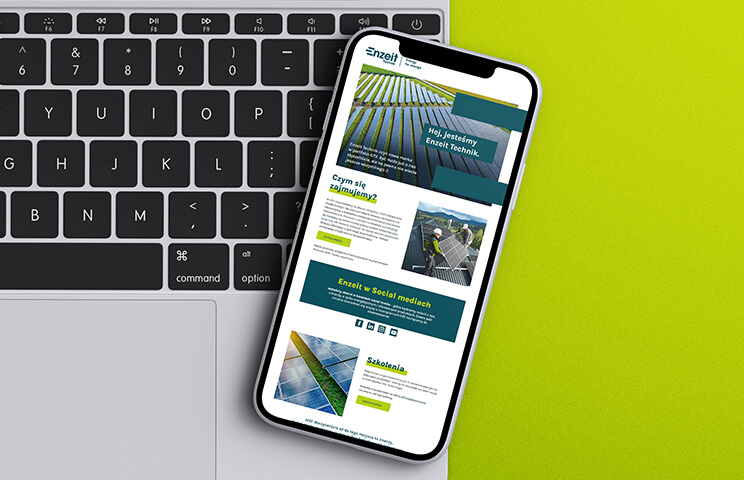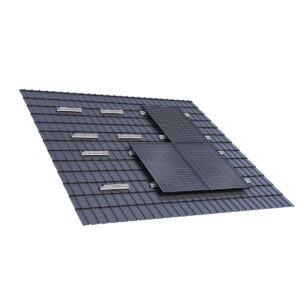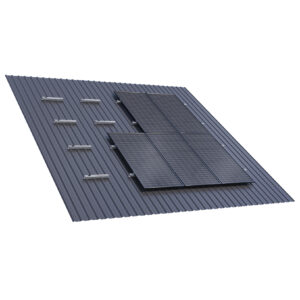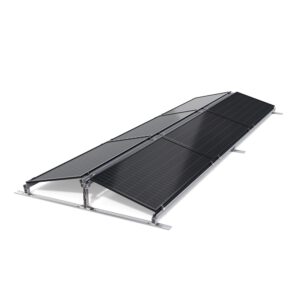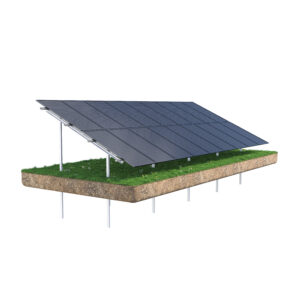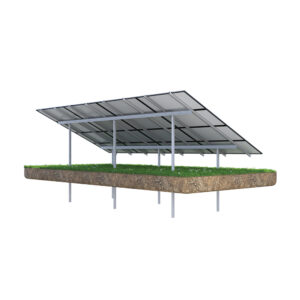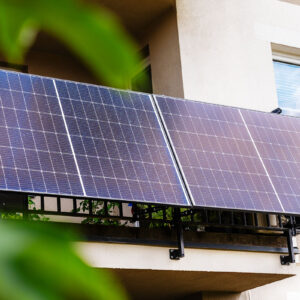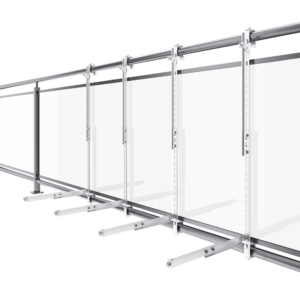Pitched roof systems
Structures for Photovoltaic Panels on Pitched Roofs
A pitched roof is the most common type of roofing in Polish construction – from single-family homes and multi-family buildings to agricultural structures. It’s no surprise that photovoltaics on such roofs have become standard. However, for panels to operate safely and efficiently for many years, they require a solid base that provides structural integrity and the proper tilt angle for the modules. At Enzeit, we offer solutions tailored to various types of roof coverings, making it much easier to harness solar energy, regardless of the roof type!
What are pitched roof structures?
A structure for photovoltaic panels on a pitched roof is a set of mounting components that allow PV modules to be securely attached directly to the roof surface. The mounting system must not only hold the panels in the correct position but also evenly distribute their weight and protect the roof from leaks.
Different techniques are used depending on the type of roofing – mounting panels on metal tiles differs from mounting them on ceramic tiles or trapezoidal sheet metal. However, all systems must meet one basic requirement: to provide a durable and safe connection that withstands harsh weather conditions.
Pitched roof – structure for photovoltaics – when to use it?
A structure for photovoltaic panels on a pitched roof is an almost universal solution – it can be used in both new and older buildings, provided that the roof truss is in good condition. Photovoltaics mounted on sloped surfaces often have the advantage of better sunlight exposure – a properly tilted southern side of the roof is an ideal place for modules.
This solution is worth considering if:
- you care about an aesthetic and durable installation,
- you want to avoid occupying ground space,
- the roof has sufficient surface area without shading from chimneys, dormers, or trees.
An additional advantage is that panels mounted this way are less exposed to dirt – thanks to the tilt, rain and snow run off more easily, simultaneously washing away contaminants.
Technical requirements for PV structures on pitched roofs
The success of a photovoltaic installation depends not only on the panels themselves but also on the right structure. And this is where technical requirements come in. The structure for photovoltaic panels on a roof must be designed with the local region in mind – taking into account winter conditions (possible snow load) and wind forces – especially in exposed areas. Compatibility with the specific roofing material and proper distribution of mounting points is also essential to avoid overloading the rafters.
Pitched roofs pose challenges, but a well-designed mounting system ensures they are not an issue. It’s also important that the structure is corrosion-resistant – typically aluminum or stainless steel with appropriate protective coatings is used, ensuring the system’s durability for years.
Mounting frame for photovoltaic panels on pitched roofs – installation and maintenance
Installing the structure on a pitched roof is a task for professionals – it requires precision, knowledge of roofing techniques, and experience. Properly selected brackets, although mounted to the rafters, do not cause roof leaks. Installers penetrate the roof covering in a way that allows photovoltaic panels to be hung while minimizing the risk of leaks.
The finished frame should fit the roof in a way that allows optimal airflow beneath the panels – this is important for cooling and efficiency. Maintenance of the structure for photovoltaic panels is practically limited to periodic inspections and checking the condition of the components – Enzeit structures are designed to last for decades without the need for frequent interventions.
Benefits of photovoltaic structures on pitched roofs
Choosing a structure for photovoltaic panels on a pitched roof gives you peace of mind for years to come. It’s a solution that combines durability, safety, and aesthetics – everything that matters for an installation expected to operate reliably for several decades. Thanks to a well-thought-out design, the panels remain stable even during strong winds or heavy snowfall. You don’t have to worry about damage or the system loosening – everything works exactly as it should.
A structure adapted to a specific type of roofing – whether ceramic tiles, metal roofing tiles, or trapezoidal sheet metal – allows panels to be installed without compromising the integrity of the roof. Moreover, a well-designed system creates better operating conditions for the panels – the structure ensures proper ventilation, which contributes to their efficiency, even on hot days. It’s also worth noting that by installing panels on the roof, you don’t lose usable space on your plot, as the entire system utilizes the building’s form.
If you have doubts, are unsure which structure is right for your roof, or simply want to talk to someone who knows the subject inside out – contact the Enzeit team. We will gladly advise you, answer your questions, and help you choose a solution that is safe, durable, and tailored to your needs. You don’t need to know the technical details – just tell us what you need, and we’ll take care of the rest!
Latest products and industry news
